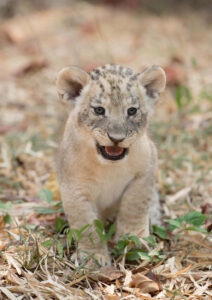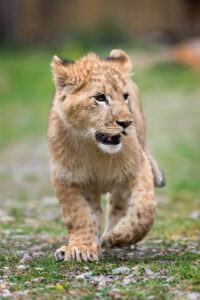Lions, often referred to as the "kings of the jungle", are among the most iconic creatures on our planet. Their majestic appearance, combined with their powerful presence, has earned them a revered spot in the animal kingdom. Here are ten fascinating facts about these magnificent big cats.
Key Takeaways:
- Lions are the most sociable of all big cats.
- They can go days without drinking water but need to eat daily.
- Lionesses do most of the hunting in a pride.
- Despite being called the "king of the jungle," lions do not live in jungles.
- Lions communicate in various ways, including roars that can be heard miles away.
Social Creatures: The Pride of Lions

Lions are unique among big cats due to their social nature. Unlike solitary predators like tigers and leopards, lions live in groups known as prides. A typical pride consists of ten to fifteen lions, including several adult females, their cubs, and up to four males. In some cases, prides can even have as many as 40 members!
Dietary Habits: Water and Food
Lions have an impressive ability to go without water for up to four days. However, if water is accessible, they prefer to drink daily. When it comes to their diet, adult lionesses consume about 11 pounds of meat each day, while adult males can eat 16 pounds or more. Their primary prey includes large herbivores such as zebras, wildebeests, and buffaloes, but they also hunt smaller animals like mice, birds, and lizards.
The Hunters: Role of Lionesses
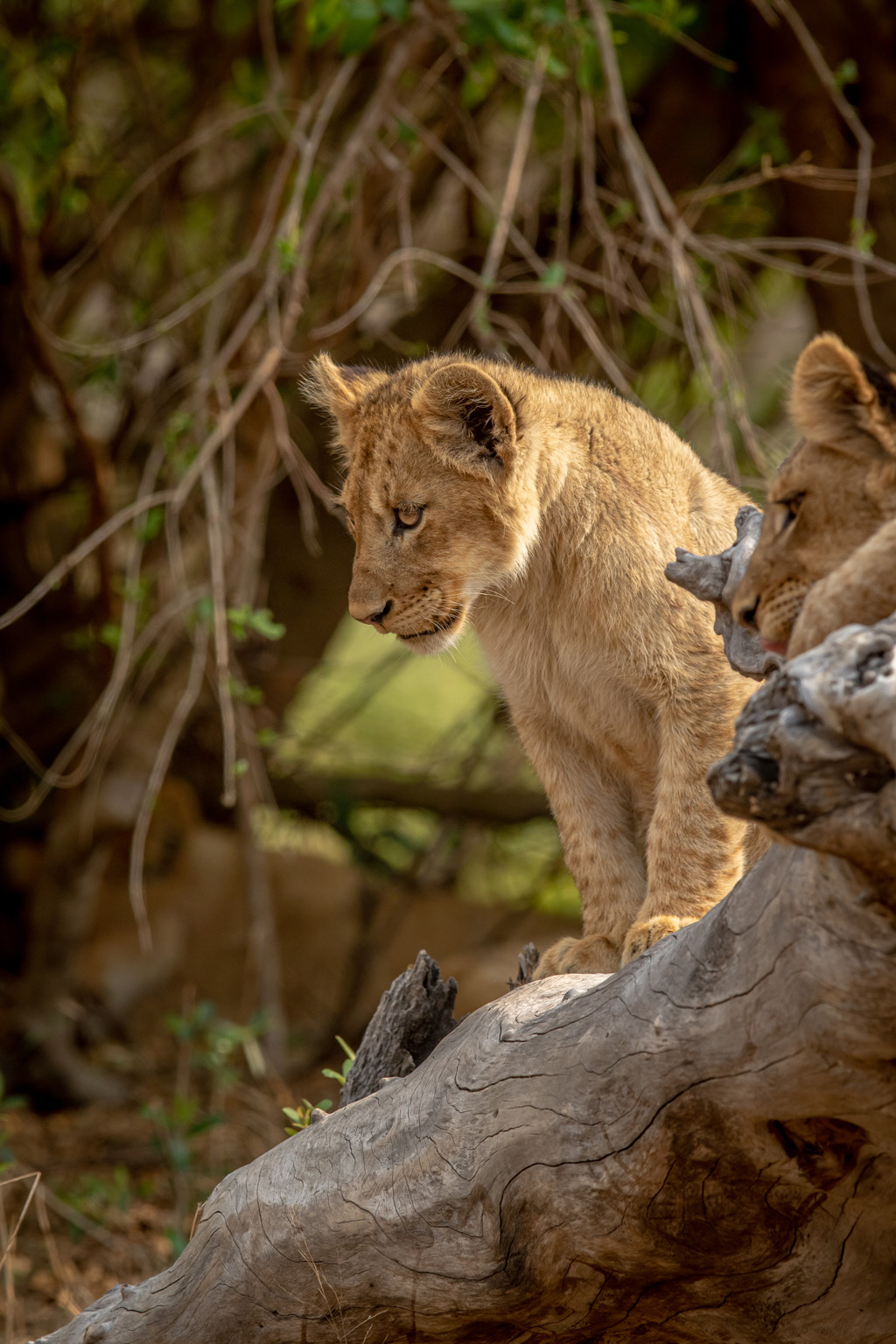
Lionesses play a crucial role in the pride as the primary hunters. Their smaller and more agile bodies, combined with their teamwork skills, make them efficient predators. After a hunt, the entire pride shares the meal, but there's a hierarchy. Adult males eat first, followed by the lionesses, and lastly, the cubs.
Nighttime Predators: Lions' Hunting Techniques
Lions have evolved to be exceptional hunters, especially during the night. Their vision is about six times more sensitive to light than that of humans, giving them an advantage when hunting in the dark. They employ ambush tactics, with lionesses herding the prey towards the center of a semicircle formation. Their retractable claws, which can reach up to 1 ½ inches in length, and their ability to sprint at speeds of up to 50 mph, make them formidable predators.
Habitat: Beyond the Jungle
Contrary to popular belief, lions do not reside in jungles. Their primary habitats are the grasslands and plains of Africa. Notably, three of the five largest lion populations are found in the vast savannas of Tanzania.
Communication: More Than Just Roars
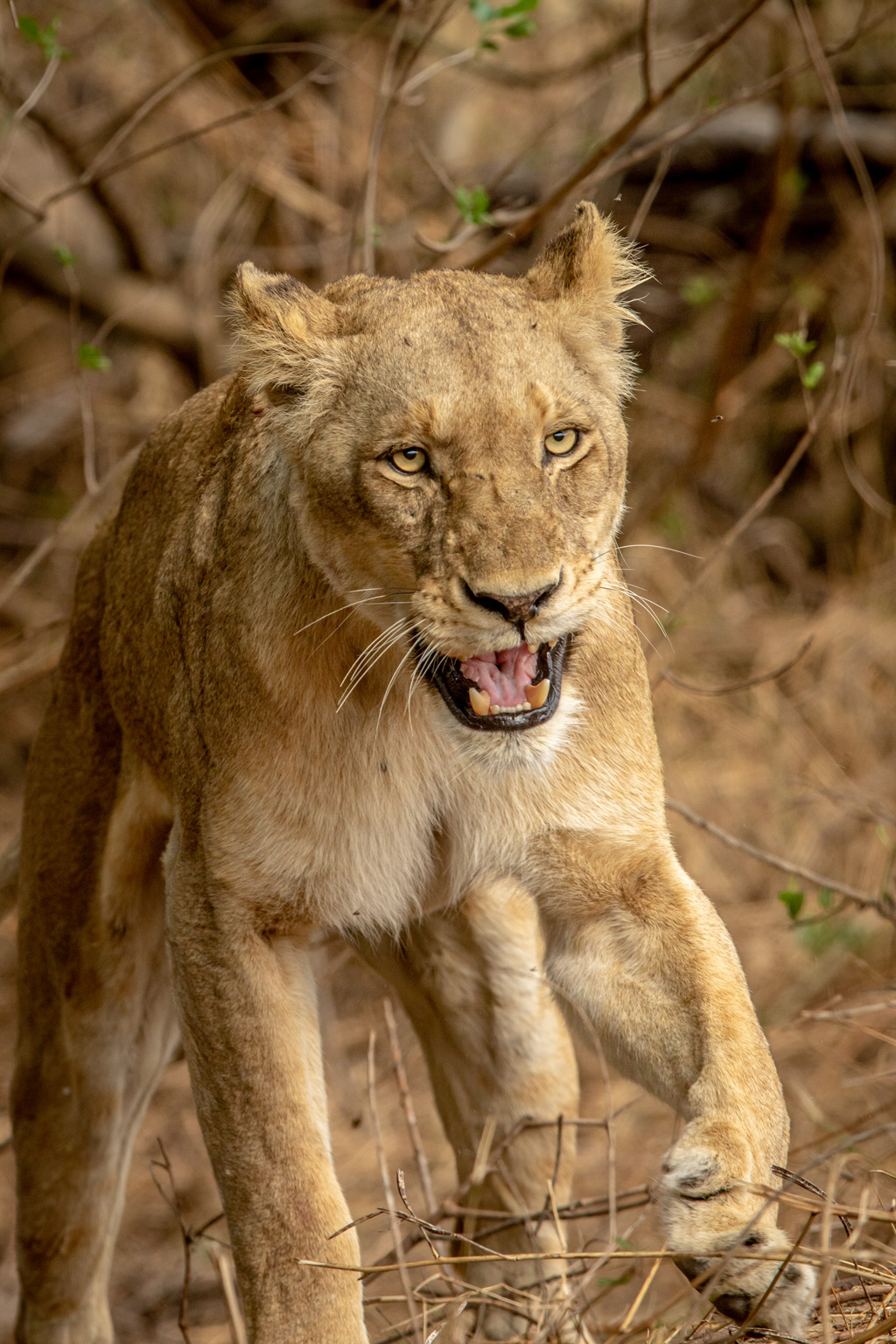
Lions have a diverse range of communication methods. They use sounds like roars, growls, and moans, and visual signals, such as the darkness of their mane. A lion's roar, which can be heard up to 5 miles away, serves multiple purposes, including warning other predators, protecting their territory, and attracting mating partners.
Raising the Next Generation: Lioness and Cubs
Lionesses in the same pride often give birth around the same time, allowing multiple litters to be raised collectively. They care for their cubs until they reach two or three years of age. After this period, male cubs and some female cubs are forced out of the pride and must either fend for themselves or find another group.
Cubs: The Future of the Pride
Lion cubs are born blind and remain so for the first few weeks of their lives. During this vulnerable phase, they are at risk from predators like large birds, snakes, and even male lions. As they grow, cubs are playful and engage in activities that strengthen their bonds with other members of the pride.
Size and Stature: Majestic Big Cats
Lions are the second-largest cats on Earth, with only the Siberian tiger being slightly larger. Male lions can grow up to 10 feet in length and weigh as much as 550 pounds. In contrast, female lions can reach a length of 9 feet and weigh up to 390 pounds.
Climbing Skills: Lions in Trees
While lions typically stay on the ground, some have learned to climb trees in certain African parks. They might not be as graceful as leopards in this activity, but they climb trees to escape biting flies and insects or to get a better view of their surroundings.
Lions and Their Global Presence
Lions have graced various continents, from Africa and Asia to Europe. However, their current primary habitat is in Africa, with a notable exception. The last remaining Asiatic lions reside in Sasan-Gir National Park in India, a sanctuary primarily established to protect this species. Presently, the park is home to approximately 350-400 of these majestic creatures.
The Sound of Power: The Lion's Roar
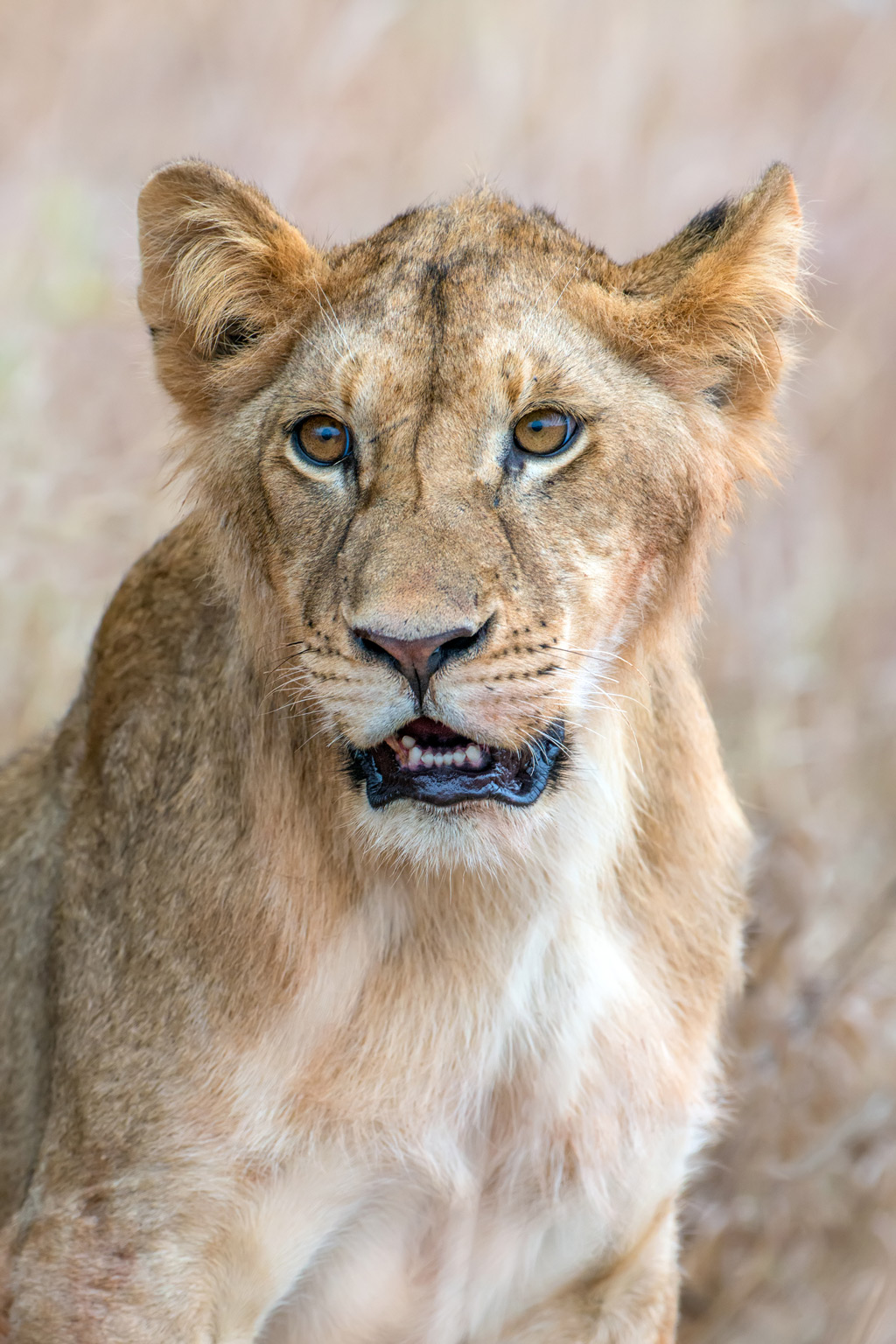
A lion's roar is not just a casual sound; it's a statement. This powerful vocalization can resonate as far as 5 miles away. Lions use their roar for various reasons, including marking their territory, warning potential intruders, and communicating with pride members.
Speed and Agility: The Lion in Motion
While lions might spend a significant portion of their day resting, when they spring into action, they showcase impressive agility. A lion can sprint in short bursts at speeds of up to 50 mph and can make leaps spanning as far as 36 feet.
The Misconception: King of the Jungle
It's a common misconception to refer to the lion as the "king of the jungle." In reality, lions inhabit grasslands and plains. This title might have originated from an incorrect association of Africa with jungles or perhaps a metaphorical interpretation of the term "jungle."
Aging Gracefully: The Mane Indicator
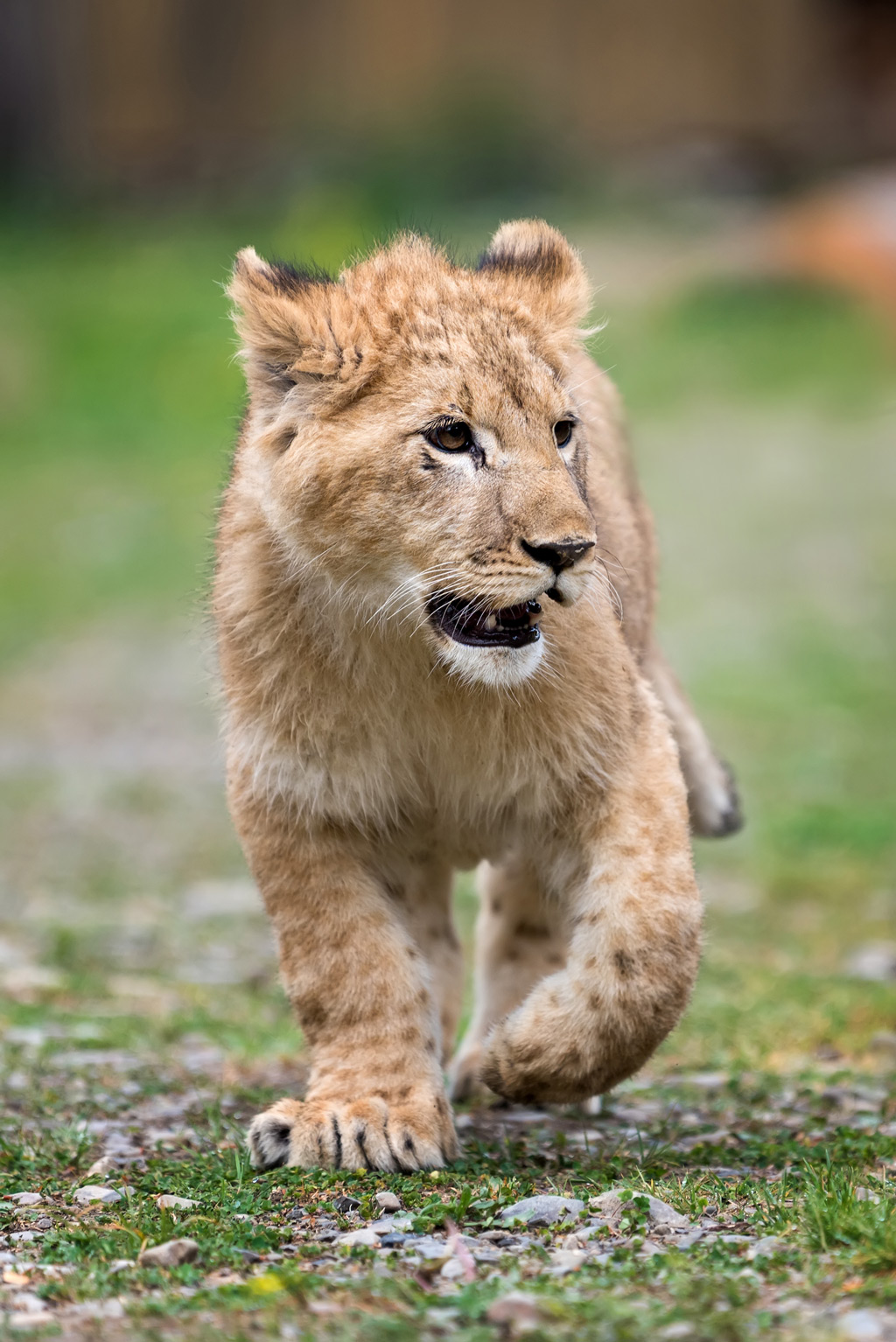
One can gauge a male lion's age by the color of its mane. As the lion matures, its mane darkens. Thus, a darker mane often indicates an older lion, showcasing its experience and tenure in the wild.
Unique Walking Style: Lions on Their Toes
An interesting tidbit about lions is their walking style. When a lion walks, its heels don't touch the ground, a characteristic that distinguishes it from many other animals.
The Sleepy Kings: Lions at Rest
After all the hunting, playing, and patrolling, lions deserve a good rest. And rest they do! A lion can sleep for up to 20 hours a day, recharging for its next adventure.
Relevant Videos:
- All About Lions for Children: Animal Safari Videos for Kids – FreeSchool
- Pride in Battle – The Epic Story of Two Lion Brothers | Free Documentary Nature
For those keen on observing these magnificent creatures in their natural habitat, consider joining a safari with WWF to get an up-close experience with the kings of the savannah.
Frequently Asked Questions (FAQs)
Why are lions referred to as the "king of the jungle"?
This title is more metaphorical than literal. While lions don't inhabit jungles, their majestic presence, strength, and position at the top of the food chain in their ecosystem have earned them this royal title.
How do lions communicate with each other?
Lions use a combination of vocalizations, scent markings, and visual signals to communicate. Their roars, which can be heard from miles away, are especially significant for marking territory and communicating with pride members.
What are the primary threats to lions in the wild?
Lions face several threats, including habitat loss, human-wildlife conflict, and poaching. Conservation efforts are ongoing to protect these magnificent creatures and their habitats.



